

Max Davies
2026 Toyota HiAce review
4 Hours Ago

Senior Road Tester
This year’s Goodwood Festival of Speed in June will celebrate 50 years of the famed BMW Motorsport division, simply known as ‘M’, with top billing going to the global unveiling of its first production series M3 Touring wagon.
I’ve seen the car up close, without the camouflage cloaking – at least from the rear end – and it has all the hallmarks of an instant hit. Which would be remarkable given how long BMW has toyed with the idea of making something like this.
Eight years after BMW released the larger M5 Touring in 1992, BMW M built its first M3 Touring Concept in 2000, with a project that amounted to a clandestine skunkworks program.
It had greater rigidity than the road-going (then) two-door M3 to cater for the extra body length and weight, along with wider wheel arches and a power bulge on the bonnet. It also got larger air intakes up front, side gills and quad exhaust pipes. M alloy wheels were added along with a striking paint finish in Chrome Shadow metallic.
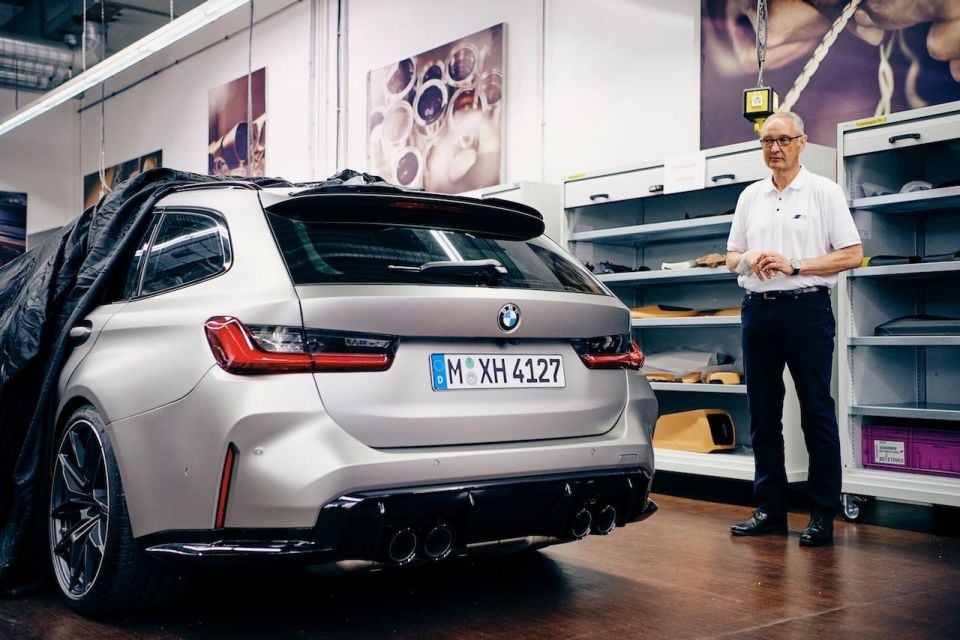
But it never saw the light of day.
Jump cut to the present time, and current head of BMW M Prototyping Hans Rahn took up the baton by combining the attributes of a current-generation M3 and a regular 3 Series Touring, to create a one-off, new version of the M3 Touring Concept, finished in Frozen Dark Silver.
This attempt was enough to win over the BMW board, who green-lit the first ever proper series M3 Touring, and thereby answered the prayers of car enthusiasts the world over who’ve been asking for this thing for years now.
Series production is said to commence in a matter of months. For the moment, there are no plans to limit the build volume of the 2023 M3 Touring, and every intention of continuing its development beyond its inaugural series lifecycle provided the demand is there.
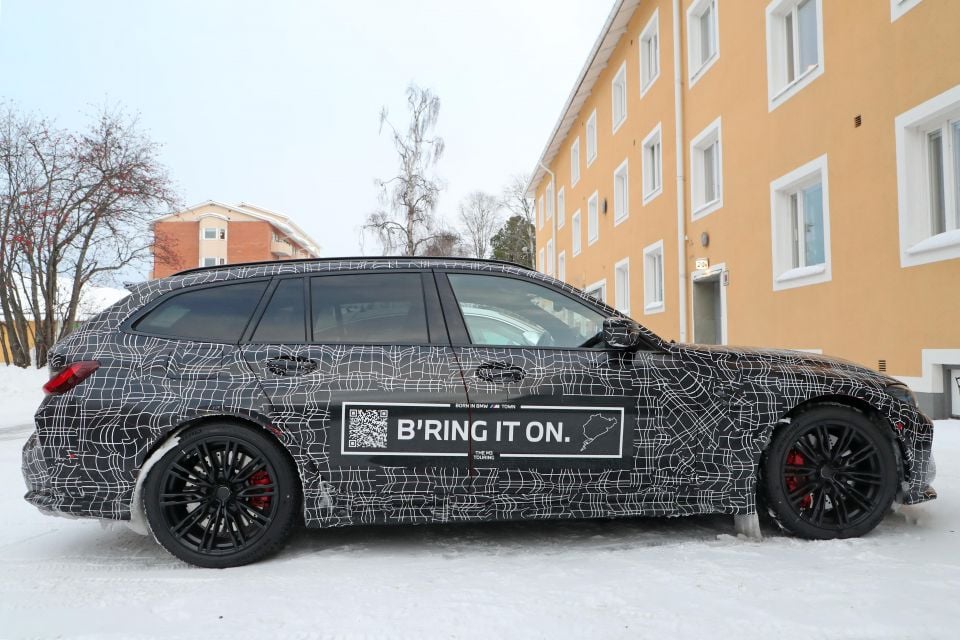
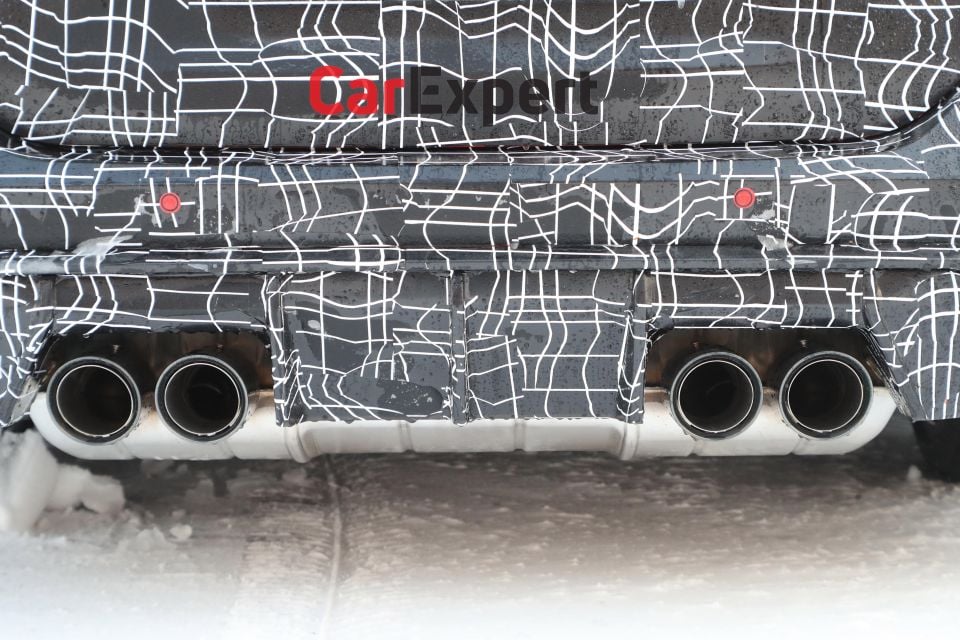
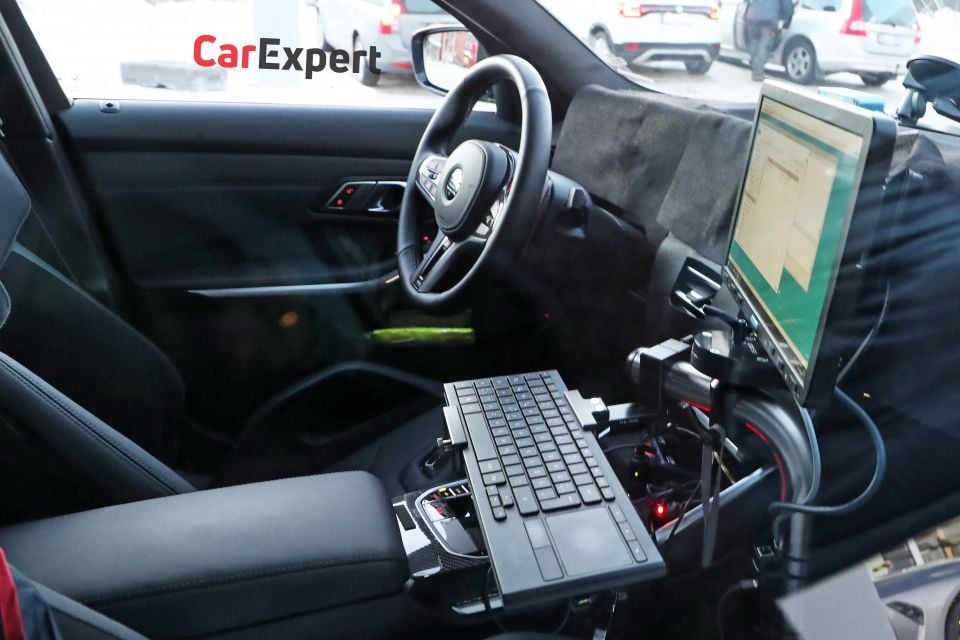

According to BMW M CEO Frank Van Meel, who spoke with CarExpert in Italy recently, there’s plenty of that…
“Of course, it depends on how it develops, but normally we don’t do ‘one-offs’, and we think this car is going to be a huge success, as we are already seeing a huge demand. If that is the case, then it makes sense to keep on with its development,” he told us.
But getting a green light from the powers in Munich required its own set of challenges, not the least of which was convincing the board that there was a market for the M3 wagon outside of Europe, given the fact station wagons hadn’t been popular for more than a decade in the face of SUVs.
“The biggest challenge is that a Touring concept is first and foremost a European concept – it’s not a world car like the M3 [sedan] itself or the M4, it’s more or less a European concept, so you are focused very strongly on one market, which limits your production numbers,” Mr Van Meel said.
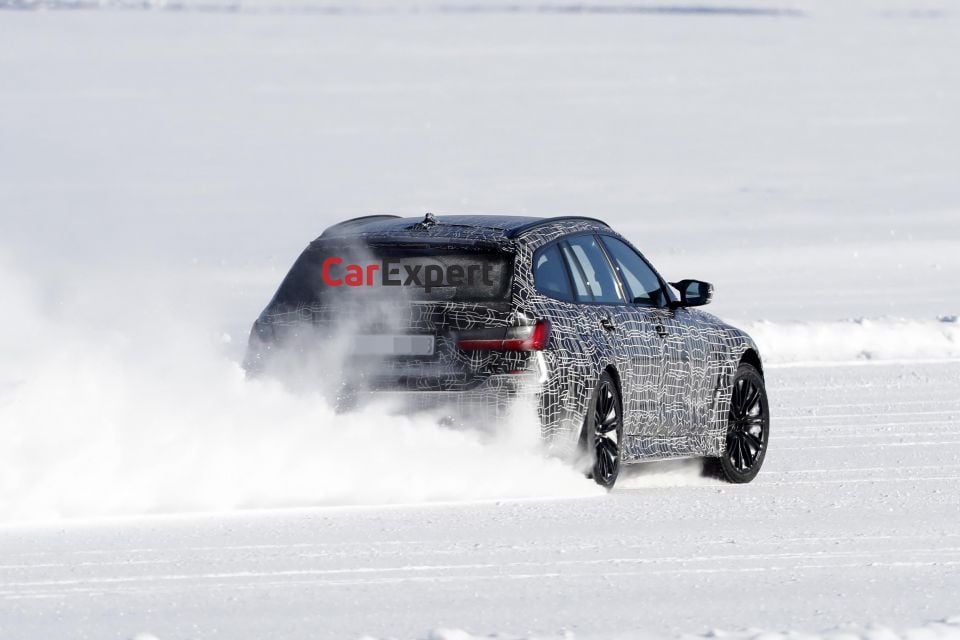
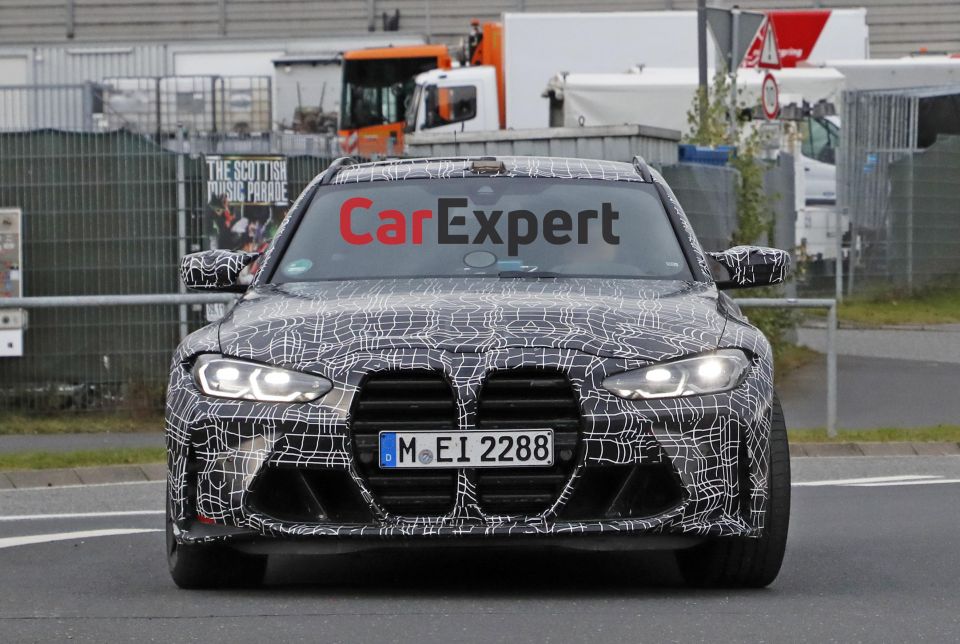
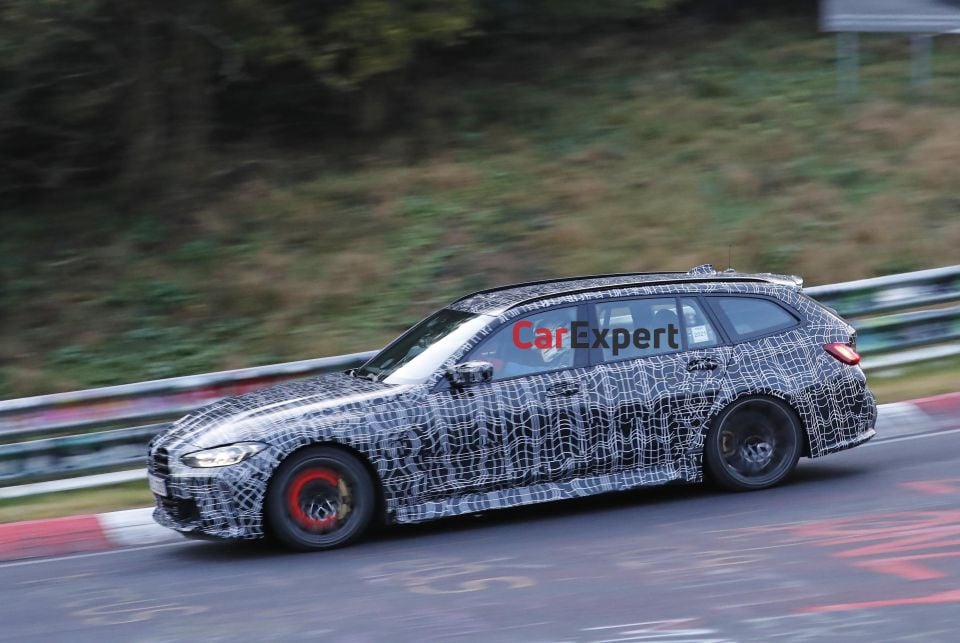
“However, the pull from all our major markets was so strong, with everyone desperate for the M3 Touring, so we said, ‘okay we’ll do it’.”
More difficult still was getting the road-going M3 Touring to perform and handle as well as the M3 sedan, despite its longer roof and additional weight. That was a significant undertaking, according to Dirk Hacker – the man in charge of development at BMW M.
“When we started this project, we said to the chassis engineers we wanted the M3 Touring to feel like an M3 behind the wheel, even if it’s fully laden with passengers and luggage,” Mr Hacker said.
We counted three M3 Touring prototypes in the development area we visited at BMW M in Munich. Upon investigation, we learned that each started life as a regular 3 Series Touring that was subsequently completely rebuilt, explained the man in charge of ‘driving dynamics’ for all BMW M cars, Klaus Uber.

“To start with, we removed everything in the front end of the car, including the engine, drive and axle out and replaced it with M3 technology – meaning the S58 motor coupled with M xDrive [AWD],” Mr Uber said.
“A very important component for the M3 Touring is the special strut kit we used, which includes the visible parts on top of the engine and that we used under the car. We [also] had to widen the front fenders quite a lot in order to integrate the front axle of the M3.
“Under those we use the M3/M4 tyres that are paired with the optional M Ceramic brakes, because the M3 Touring has to achieve the same performance as the M3 [sedan],” finished Mr Uber.
It’s the same story at the rear with extra-wide wheel arches to accommodate the M3’s rear end and 285mm rear tyres.
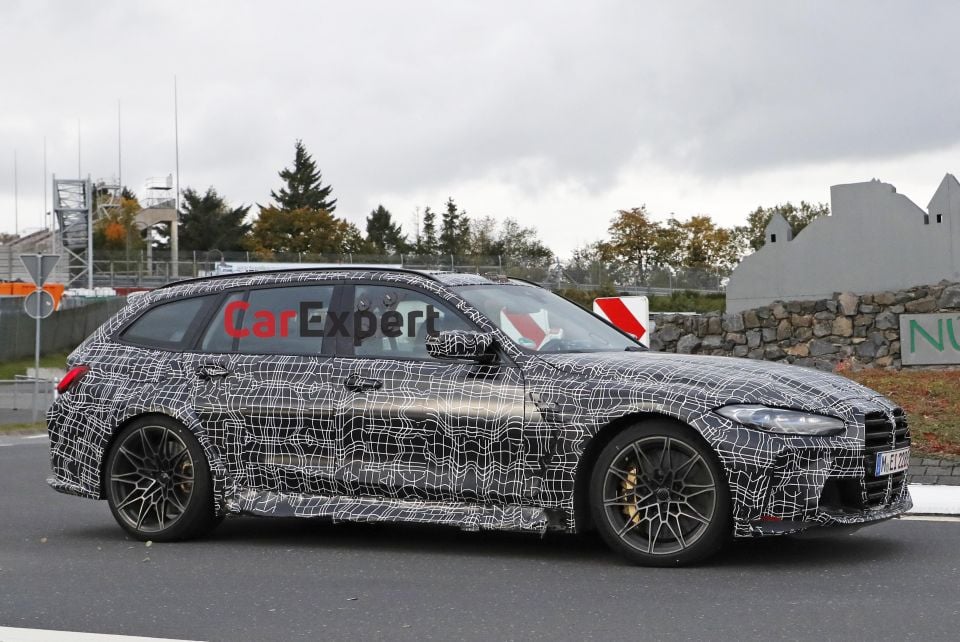
“There’s also a newly-shaped roof spoiler, which significantly improves the downforce and overall aerodynamic balance of the M3 Touring,” Mr Uber added.
“If you open up the luggage compartment, you can see we don’t use the normal partition be left and right strut domes. Instead, we’re using a new stiffening kit underbody at the rear, which entails an additional connection point on the outside of the V-strut at the rear.”
The M3 Touring also gets an entirely new spring/damper/anti-roll bar setup on both front and rear axles incorporating a new damper system featuring a bottom-end piston valve.
Spring rate and damper settings have been adjusted on the front axle, too, as well as the stiffness of the anti-roll bar rubber bearing. All the main control systems have been calibrated to match the mechanical adjustments on the M3 Touring.
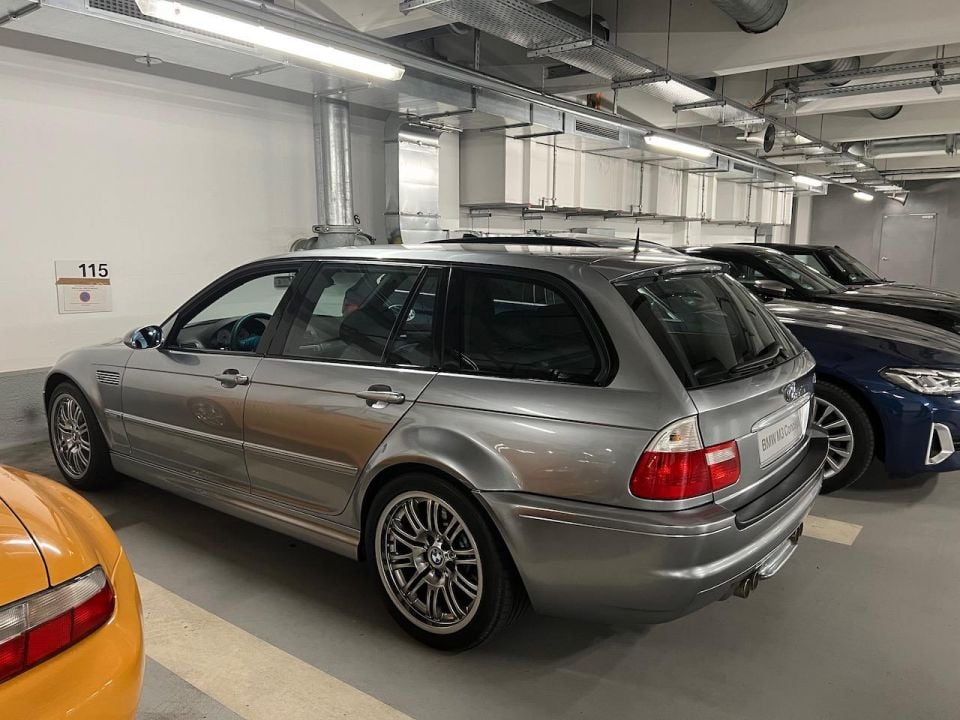
“We have left no stone unturned on this car. That’s the adaptive damping, steering, DSC, ABC etc, in order to achieve the goal, we set for the M3 Touring from the very outset of the project – to make it drive the same as the M3 [sedan],” concluded Mr Uber.
After we saw the three M3 Touring prototypes, I asked Dirk Hacker how it drove. This is his reply:
“It’s almost as quick as the M3 [sedan], and you’ll forget you’re driving a wagon with this car because it’s very well balanced and rotates very well in the corners.”
A quick Google search of M3 Touring lap times at the ‘Ring reveals strong rumours the prototypes have done a 7:30, which would put it just 10 seconds behind the recently revealed M4 CSL (7:20.207) – which is simply extraordinary.
You get the sense after seeing the car up close and speaking with key members of the development team, that the long-waited M3 Touring is going to be one of those rare cars that’s over-engineered to prove a point – and as such is going to be in high demand.
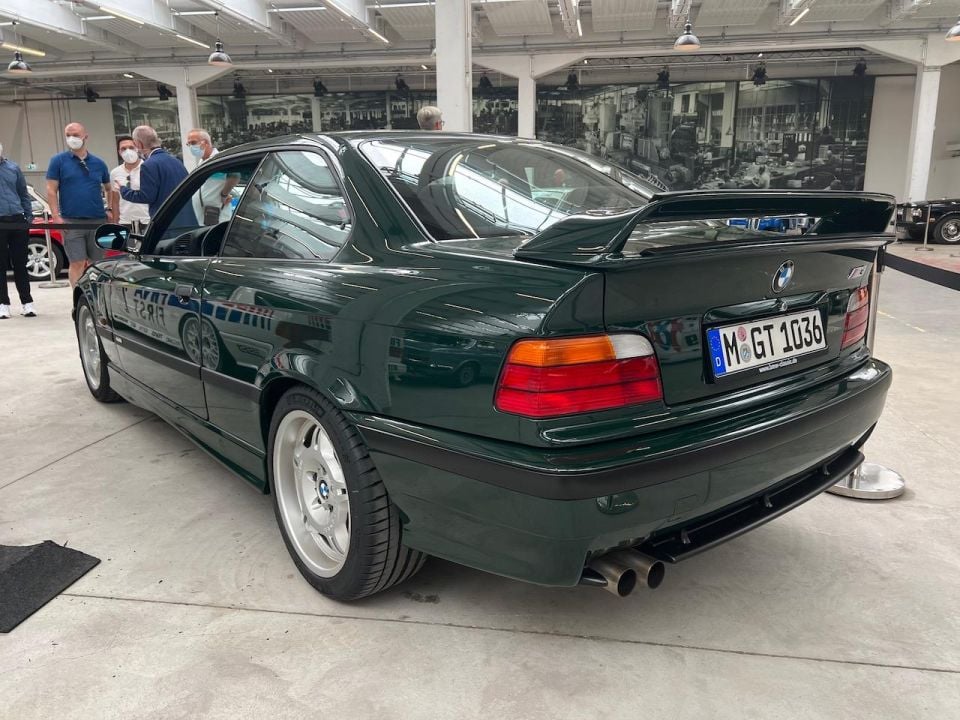
It’s therefore probably not going to be one of those brief limited-edition M models, like the 1994/95 E36 M3 GT Coupe (above) of which there were just 356 units built, and all in British Racing Green.
Or perhaps the 2003/4 E46 M3 CSL, widely regarded as the most ionic M3 of all. It was produced for one-year only in numbers totalling 1383 cars. The CSL was a road-racer in its purist form, going without heated seats and sat-nav, while a radio and air-conditioning were only fitted on request. Weight-saving measures like sliced a whopping 110kg from the regular M3’s weight.
Rarer still was the E90 BMW M3 CRT (Carbon Racing Technology) built to celebrate the twenty-fifth anniversary of the first M3, which used carbon-fibre reinforced plastic and other lightweight materials to slash the weight of the car down to 1580 kilograms (45kg less than the standard M3). Only 67 were ever built, and it’s pictured below.
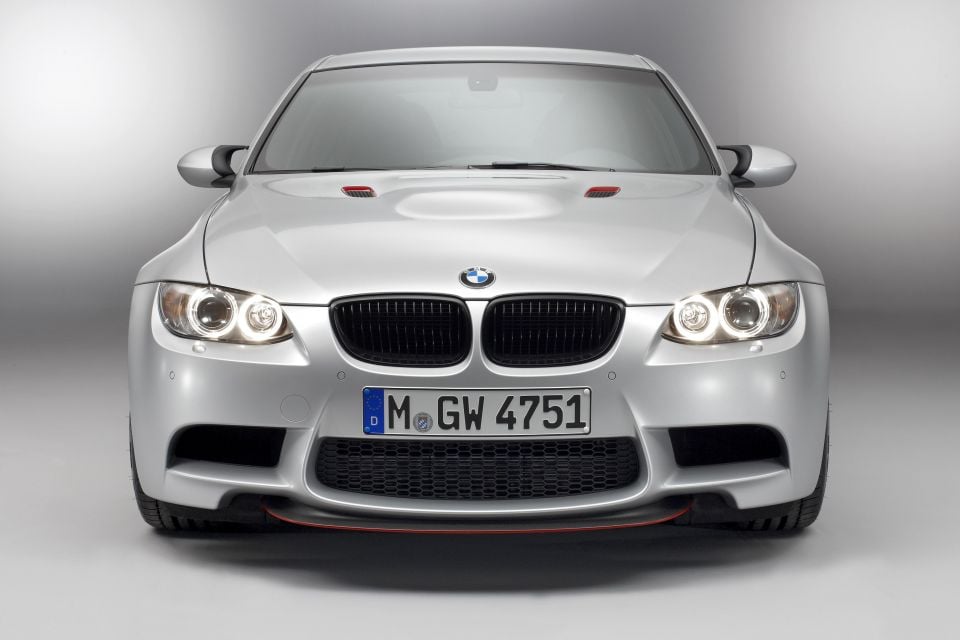
Where expert car reviews meet expert car buying – CarExpert gives you trusted advice, personalised service and real savings on your next new car.
Anthony Crawford is a CarExpert co-founder and senior presenter with 20+years in automotive journalism and content creation.


Max Davies
4 Hours Ago


William Stopford
20 Hours Ago


Ben Zachariah
21 Hours Ago


Derek Fung
22 Hours Ago


Matt Campbell
1 Day Ago


William Stopford
2 Days Ago